What is Diastasis Recti?
After having a baby, getting as much rest as possible is important. Increasing activity as you feel up to it is the next step in your postpartum health journey.
However, one limiting factor you may come across is Diastasis Recti.
Diastasis Recti is the separation of fibrous tissue of the Rectus Abdominus (6 pack muscle).
At 30-33 weeks of pregnancy, the Rectus Abdominus muscle starts to split to help make more room for your growing baby. Typically, after birth, the muscle recovers, however, some activities may trigger the gap to stay, resulting in Diastasis Recti.
Some Diastasis Recti triggers include:
Crunches, curl-ups
Heavy lifting
Poor posture
Caesarean birth
Some consequences of Diastasis Recti include:
Back and/or pelvic pain
Incontinence
Prolapse
Increased risk of injury
Building abdominal wall
To best help heal your body and minimize pain and discomfort, try the following:
Avoid activity that strains abdominal muscles, such as excessive bending, rotation or twisting
Limit daily activities to caring for baby and light housework
Tuck abdomen and roll to side to sit up or get out of bed
Around 6-8 weeks after delivery, you can begin to work with health professionals on postpartum core and pelvic floor exercises.
Photo by @cassileighphotography
At Move RX, we have experience with developing a strong core foundation and creating a solid rehabilitation plan for you to get back to your life!
Some outcomes of working with a Kinesiologist for Core Progressions include:
Developing a strong core base
Understanding your anatomy and the connection with your exercise program
Returning to daily activities
Returning to regular exercise
Book a session with our kinesiologist today here!
Have questions or wondering if a Kinesiology session is right for you? Contact us today at info@moverx.ca
Sourced from: Women & Infants and Prince George Pelvic Floor & Core Rehab Centre



